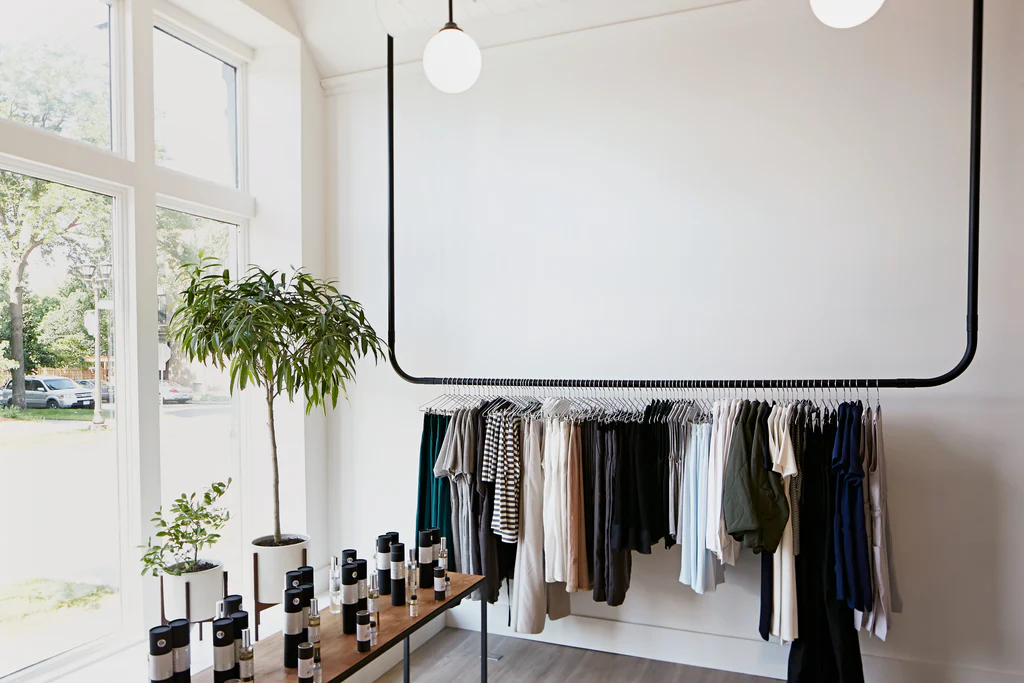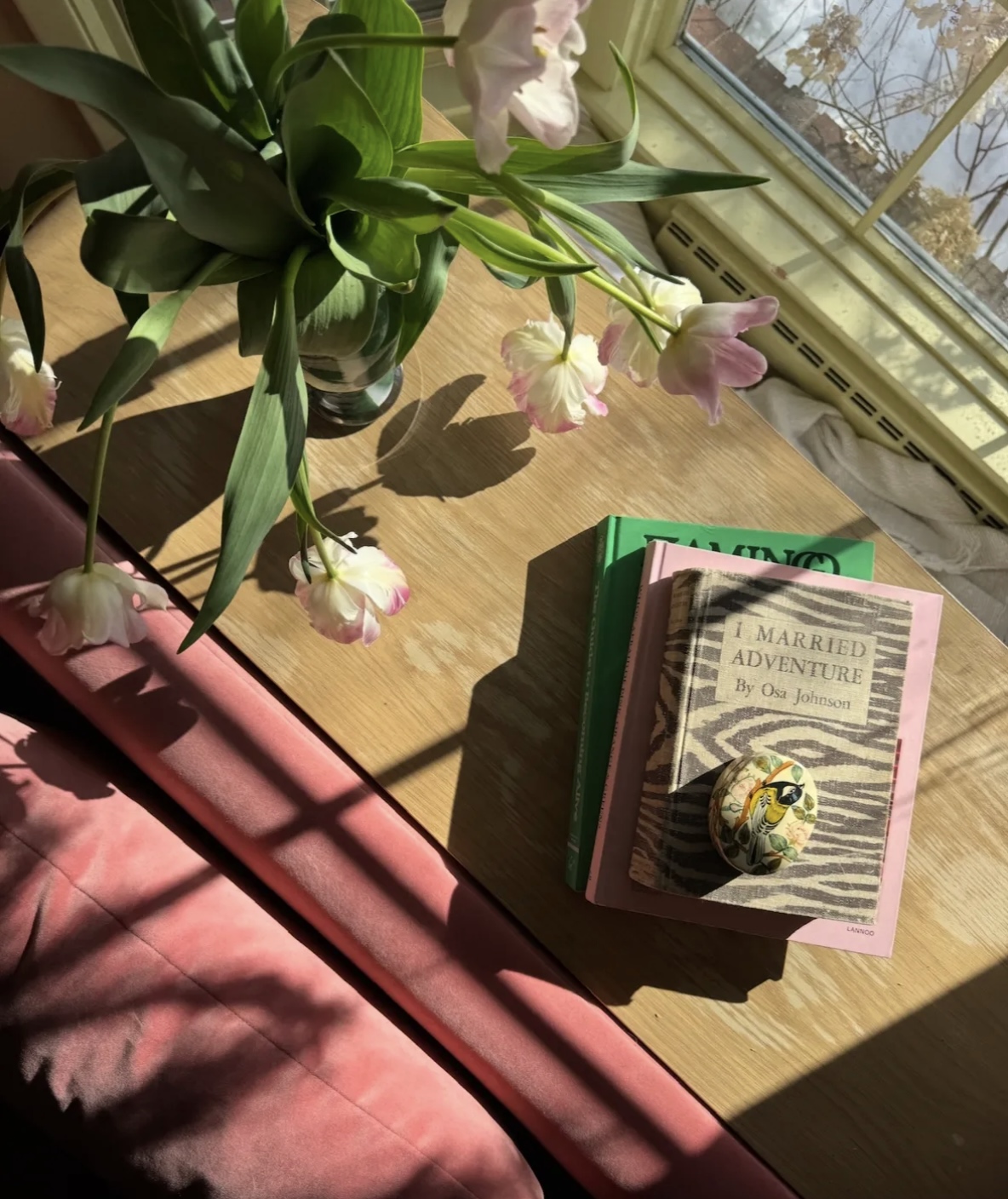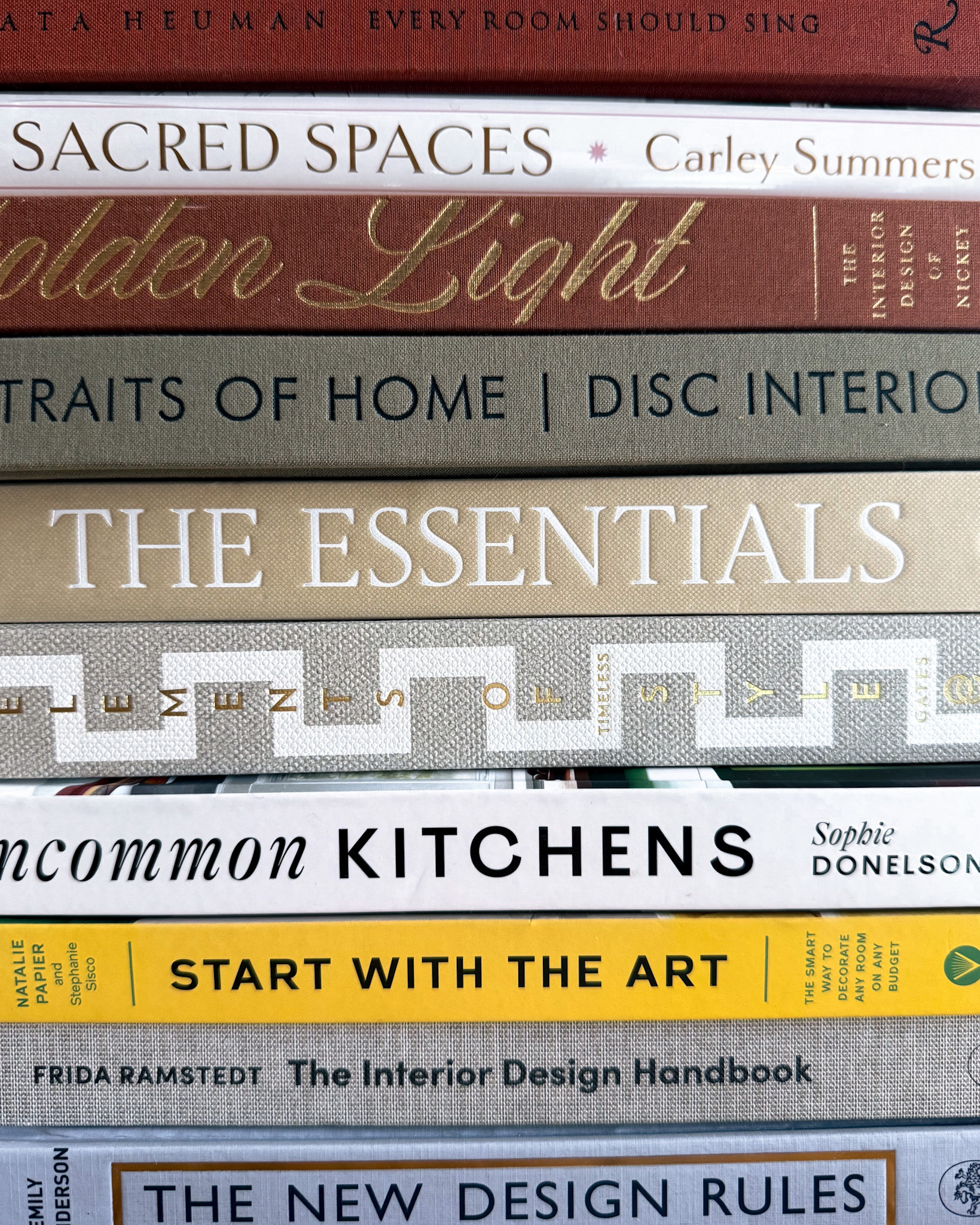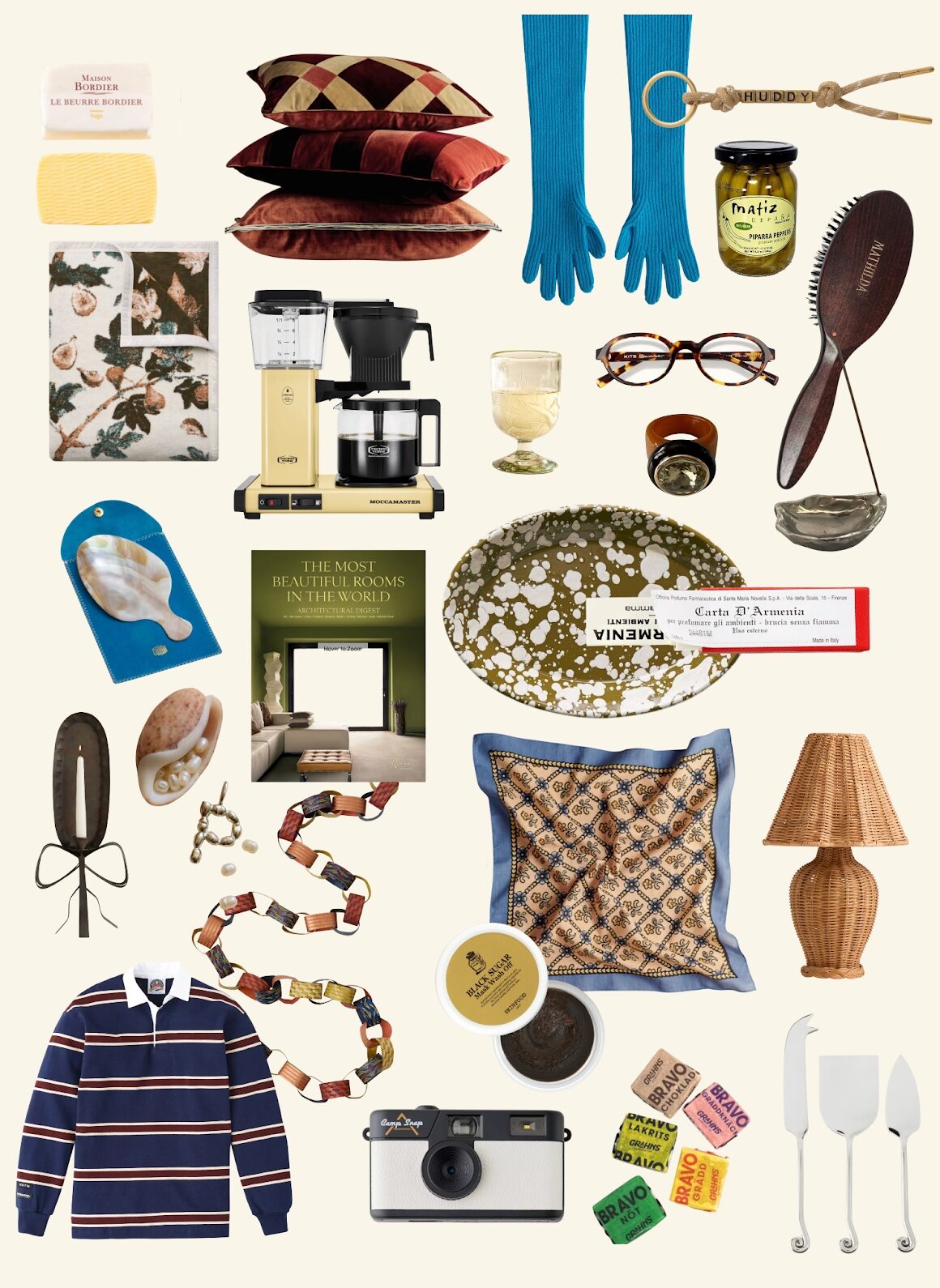

Note: This article contains thoughts involving suicide and suicidal ideation. If you or someone you know are considering suicide, please call the 988 Suicide & Crisis Lifeline at 988. Additional resources are listed below.
It’s most tempting when I drive through an intersection. If I were to get t-boned—directly into the driver’s side, so I had no shot of surviving—that wouldn’t be so bad. Other times it shows up when I’m lying in bed, covers yanked over my head, my lifelong companion depression suffocating my thoughts and body. If I sleep, I can’t feel it. If I don’t wake up, I won’t feel it ever again.
It’s not that I want to die. I don’t. All things considered, I live a charmed life. I’m surrounded by people I love, I’m squirreling away money for retirement, and I genuinely enjoy most days. Let’s get this straight, mostly for the sake of my mother: I’ve never been in danger and can confidently say I’ll never be in danger of dying by suicide.
Still, since I was ten years old and didn’t get out of bed for the entire month of April, I’ve oftentimes felt unattached to the idea of being alive.
What a terrible thing to say, huh? How ungrateful. What about your five-year-old goddaughter who you’d move Mount Everest for? What a selfish thing, putting that pain on the people who love you. It’s a privilege to be alive—don’t you know that?
I do know that. I just wish I felt more connected to it.
Jess Doughty, a Licensed Professional Clinical Counselor based in Wayzata, Minnesota, explains the passivity to being alive this way: “Passive suicidal ideation is subtle but provocative,” Doughty says. “It seems to be a helpless and hopeless message of wanting to escape, of life not being worthwhile or the individual not being worthy of good. It can be attention-getting but not substantial enough for those in their life to ‘call them out’ about it.”
Two-plus decades into living with depression, and no one has ever called me out on it.
It feels reckless to confess this to an internet full of strangers, and even more reckless to confess this to friends and maybe a couple of foes. What if people use this against me? To not give me a job or opt out of loving me? What if this rusts my reputation as a smart, kind, capable woman into this thankless, unstable crazy person who doesn’t deserve good things because, hell, she doesn’t even care if she’s alive?
Doughty views it much more rationally. “I see it as learned hopelessness, typically the result of being in a family of origin or longstanding relationship where the individual was neglected emotionally,” she says. “Likely asking for help resulted in shame or neglect, leaving the individual feeling powerless and without options.”
Without options. In the United States alone, more than 45,000 people die by suicide every year. That makes it the 11th leading cause of death in the country, behind diabetes, influenza, pneumonia, and nephritis. On average, there are 132 suicides per day in the U.S.—one every 10.9 minutes. The number of attempted suicides is many times that; there are an estimated 1.2 million attempts to die by suicide annually.


Those are the statistics we can track. It’s impossible to know, however, how many of us live—get groceries, walk our dogs, sit in rush-hour traffic—in the void, grey area of passive ideation.
I didn’t admit to my passive suicidal ideation until I was thirty years old in a therapist’s office trying to gasp air between sobs, having blown off the cliff of depression and exhausted from trying to climb back up. I’d never said it out loud before: I don’t want to die by suicide, but sometimes I don’t want to be alive either. Her nod was so understanding, the pinch between her eyebrows so compassionate.
I was an easy baby, I’ve been told. The kind of baby that tricks you into having more babies. So when did the depression devil choose to prey on me? I’ll spare you the play-by-play of my childhood, but that April under the covers led to years of occasionally debilitating depression which led to an unfortunate familiarity with feeling forlorn. “So much of what presents presently in a person’s life is a reflection of something that was adaptive in childhood—at the time very helpful for survival but as an adult disruptive and disturbing,” Doughty says.
I’d never said it out loud before: I don’t want to die by suicide, but sometimes I don’t want to be alive either. Her nod was so understanding, the pinch between her eyebrows so compassionate.
According to the CDC, depression affects 20-25% of Americans ages 18+ in a given year. Though suicidality isn’t exclusively paired with mood disorders, such as depression, anxiety, and bipolar, they oftentimes complement each other. Not everyone with those disorders imagines suicide and not everyone who imagines suicide suffers from those disorders. Those dealing with substance abuse or bullying, or those who identify as part of a marginalized population also are more at risk for suicide, but no one is exempt from the chance of having suicidal thoughts, passive or active.
If someone in your life is dealing with passive suicidal ideation, Doughty emphasizes the importance of legitimizing the hopelessness that they feel—reframing the situation by saying they must be experiencing something so difficult that escaping feels like their only option.
“Oftentimes asking ‘how old they feel’ when they think this way can be a helpful way to validate the origins of learned helplessness, worthlessness, and shame,” Doughty says. “For children, things typically are black and white. If they grew up learning there is only one way to be with regard to hard things—either helpless or ignored—then it would make sense to act this way as an adult when things are big or overwhelming.”
Anna Borges, a senior editor at SELF Magazine, recently wrote about the idea of chronic suicidal ideation for The Outline. She equates it to treading water, constantly in motion to keep your head above the surface.
“For me, and I suspect for countless others like me, the threat of suicide isn’t like being carried over a waterfall—it is like living in the ocean. Not as sea creatures do, native and equipped with feathery gills to dissolve oxygen for my bloodstream, but alone, with an expanse of water at all sides. Some days are unremarkable, floating under clear skies and smooth waters; other days are tumultuous storms you don’t know you’ll survive, but you’re always, always in the ocean,” Borges writes.
“And when you live in the ocean,” she continues, “treading to stay afloat, you eventually get the feeling that one day, inevitably, there will be nowhere for you to go but down.”
Some days, the particularly dark ones, I slip under the surface, but I always, eventually, come up for air. I grasp for the life preservers that I’ve placed within arm’s reach. On the sunnier days—the clear skies and smooth waters Borges references—I take inventory of my lifesavers so I know exactly where to grab them when the storm hits, even when saltwater stings my eyes.
I attend therapy every week, pop a little blue pill every morning, and, just as importantly, I lean heavily on my pulse checkers. Debby, Juan, Rachel, Jess, Sam—I’m talking to you. They’re on lifeguard duty, ready to dive into the water at any moment.
Who are your Debbys? Who keeps you alive one day at a time? Who stops you from driving through that red light or suffocating under the covers?
Acknowledging my passive suicidal ideation didn’t give it more life; it gave me more life, empowering me to dig into the emotional dirty work. “To overreact can be counterproductive,” Doughty says. “Approaching it with curiosity as to its origins and purpose can be very freeing. It also becomes the gateway to finding other possibilities to feel better and thus reduce the passive suicidal ideation behavior.”
Acknowledging my passive suicidal ideation didn’t give it more life; it gave me more life, empowering me to dig into the emotional dirty work.
With the help of therapy and medication, I’ve been able to dampen my passive nonattachment to being alive, and today I’m happy to be here. I pay my bills on time, I have the loudest laugh in the room, and I love even though I know love sometimes ends the hard way.
It’s you and me, depression. We’re in this together for a lifetime, one I don’t intend to cut short.
Resources
If you are considering suicide, please reach out to one of the resources listed below.
988 Suicide & Crisis Lifeline
988
Crisis Text Line
Text HOME to 741741 to text with a trained crisis counselor (free, 24/7)
SAMHSA Treatment Referral Hotline (substance abuse support)
1.800.622.HELP (4357)
RAINN National Sexual Assault Hotline
1.800.656.HOPE (4673)
National Teen Dating Abuse Helpline
1.866.331.9474
The Trevor Project (LGBTQ+ crisis support)
1.866.488.7386
Text “START” to 678.678
Megan is a writer, editor, etc.-er who muses about life, design and travel for Domino, Lonny, Hunker and more. Her life rules include, but are not limited to: zipper when merging, tip in cash and contribute to your IRA. Be a pal and subscribe to her newsletter Night Vision or follow her on Instagram.
BY Megan McCarty - July 10, 2019
Most-read posts:
Did you know W&D now has a resource library of Printable Art, Templates, Freebies, and more?
take me there
Get Our Best W&D Resources
for designing a life well-lived




Thank you for being here. For being open to enjoying life’s simple pleasures and looking inward to understand yourself, your neighbors, and your fellow humans! I’m looking forward to chatting with you.
Hi, I'm Kate. Welcome to my happy place.

















I always feel so validated when I discover that other people experience this too and it’s not so strange or unbelievable.
Not strange at all! The more I talk about it, the more I realize how many of us are treading water. Let’s keep swimming, eh?
Thank you so much for sharing this, Megan – I’ve felt the same way for as long as I can remember, but didn’t realise this was something that others were going through too, and so never brought it up. I didn’t want people to think that I can’t care for myself, and that I needed to be watched at any given moment. As it’s perplexing to have these thoughts, but be indifferent to them/have no desire to actually act upon them, I wouldn’t know how to explain or reassure others about them. Maybe now I’ll work out how to tell… Read more »
Sian – thank you for reading! I completely understand all of your feelings, as confusing as they may feel for you. I keep hearing “I didn’t know there was a name for this” – hopefully a little awareness will go a long way for helping all of us. xx
“Approaching it with curiosity as to its origins and purpose can be very freeing.” I can definitely relate to this. Adopting a curious attitude towards my darker periods in life has been so helpful in navigating these times.
What a beautifully written piece on a complex and important subject!
Hi Clarissa – I totally agree! Just being curious and aware and mindful (what’s going on in my body, where I feel tension, the route of my thought process) has been so helpful in dealing with the dark times as they continually present themselves. Sending you good thoughts! xx
Thank you, Megan for bravely sharing your story. Add me to the list of folks who didn’t know this was a thing, but have been feeling this thing for a while.
Knowing it is real and experienced by others gives me the starting point to getting better that I didn’t have before and didn’t think I would ever have.
Dena! So, so glad you this gives you a starting point. Sending you good thoughts. xx
Who knew there was a name for this and that so many other people experienced it?? I really appreciate you being so open, Megan. I feel a lot more normal and a lot less alone in my feelings after reading this and all the comments of others feeling similarly. I’ve only tried to explain the feeling/thought process once and it didn’t go well. Maybe I will have to try again!
Hi Kara! Thank you for your comment. Gather your thoughts and keep your life savers close – and please feel free to reach out to me directly if you ever need an ear! xx
Thank you, thank you, thank you for being so brave and sharing this. I honestly didn’t know other people felt this way!!
Hi Elle – I’m learning more and more that so many of us feel this way. Sending you love! xx
This is something I’ve experienced my whole life but never had words for. Thank you.
Shelby – thank *you*! Sending you good thoughts. xx
Very well written. I have been there. It’s a tough feeling to describe and one you are fearful to speak of. Once as a teen, I went to the dentist where I told them my new medications. When the hygienist said what are the pills for she turns to me and says “What do you have to be depressed about?”At that point you just say it’s genetic and leave it alone. You don’t even mention the suicidal ideation for fear of what others will do. It’s changing. Just slowly. Hopefully someday people with mental illness will be looked at like… Read more »
Christine! Thank you for your thoughtful comment. Ugh, that hygienist – was so negligent and irresponsible with her words. Those jabs stick with us for a lifetime. Hopefully opening up this discourse will help us all tiptoe out of our shame. Sending love -> your way!
You sound like a lovely person to know. Your battle to stay out of the abyss is described beautifully. I’ve never thought I fit this description but the idea of constantly treading water is something I’ve never artuculated but always felt. Thank you for writing.
Hi G – thanks so much for your comment and kind words. We’re treading this water together. 🙂 xx
My desire to not be alive is rooted solely in that humanity is a cancer of the Biosphere. As soon as our species migrated out of Africa, biodiversity plummeted wherever we spread. We think of Climate Change and the destruction of the natural world as modern problems…they are rooted in our very begins, in our very nature. You can not live as a human and not be a destabilizing force to the homeostasis of the Biosphere, of the super system of all life on Earth. Believing you can is like believing cancer in your body can just spread and spread… Read more »
Hi Megan, do you have ADHD / ADD?